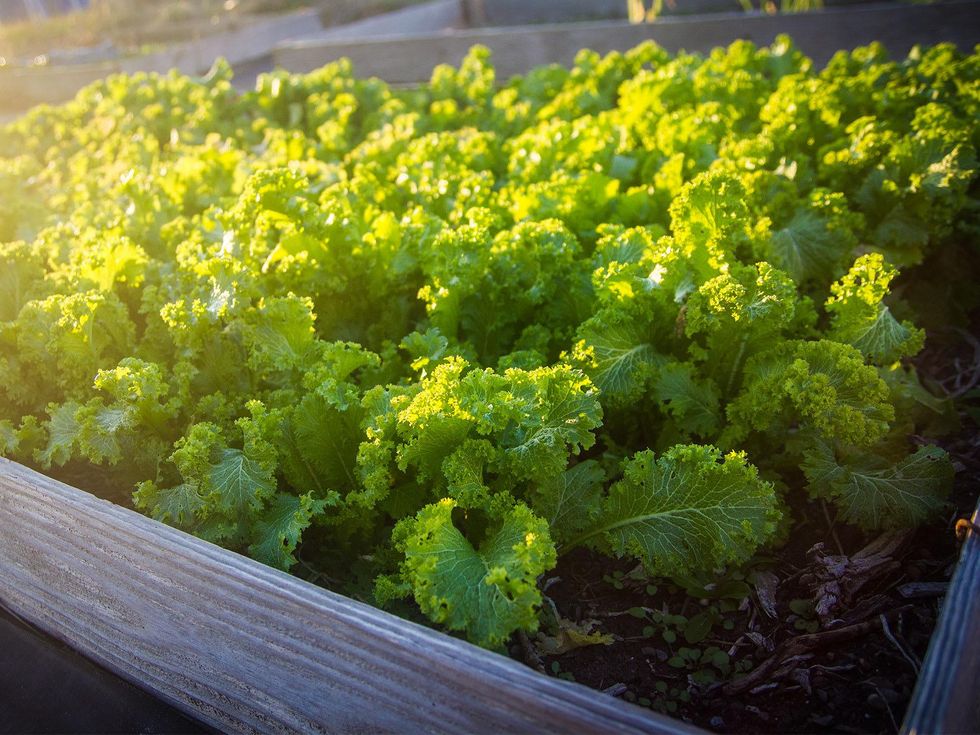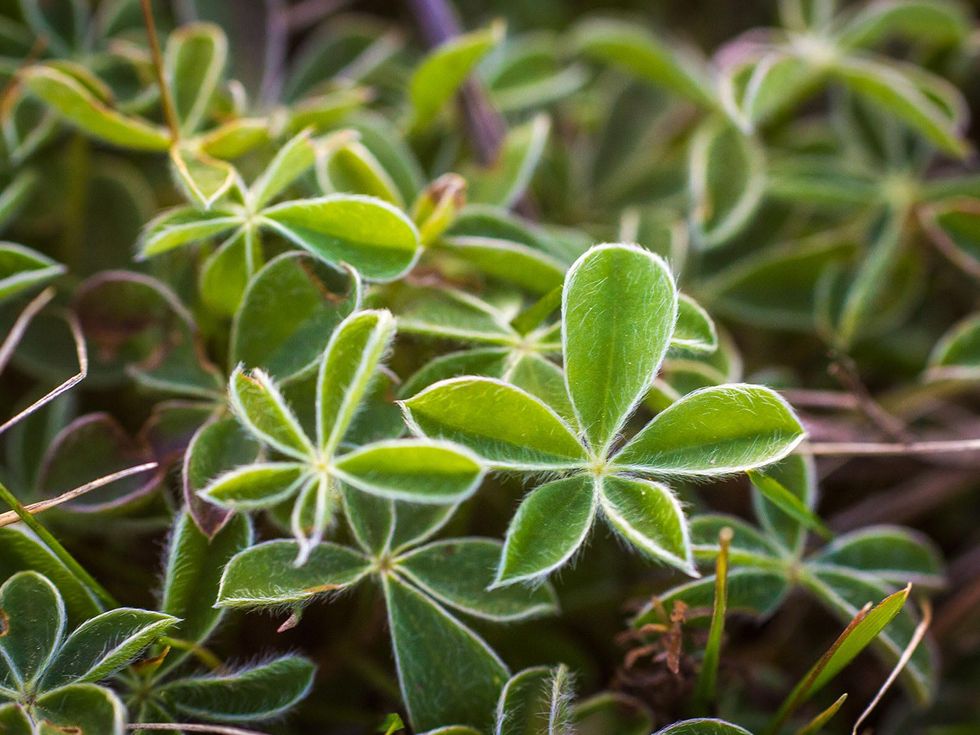The Farmer Diaries
17 crops to plant in North Texas right now to guarantee vegetable bounty
By mid-February, there's no mistaking that spring is only four weeks away. I spend all winter holding out for warmer weather, so I welcome the subtle reddish hue of the sunlight and the slightly longer days.
I enjoy being outdoors, no matter what the weather is like. A few unseasonably warm days in the forecast only add to my eagerness to put the cold season behind me and get to work in the garden. Even though we are still likely to face frigid temperatures in the coming weeks, there's plenty to do to get this year's growing season started and tend the land where I live.
What to plant now
Despite my enthusiasm for growing crops indoors in a controlled climate, I'll never give up on traditional gardening outdoors, in the dirt and among the grasshoppers and butterflies. For one thing, I'll never have access to a greenhouse that's large enough to grow everything I want to plant. And I also appreciate planting crops and tending them organically so that they're a benefit to me and the wildlife that shares my space.
Although most garden crops can't be planted until the threat of frost has passed, there are several that endure cold weather. In fact, many require a few weeks of chilling hours in order to develop their best flavor or produce a harvest at all.
In Central and North Texas, the list of crops to plant in February includes the following:
- Asparagus. Planted as root crowns now, asparagus needs three years to become established enough for a few sprigs of it to be harvested each year afterward.
- Beets. Successive plantings every two weeks for the next month ensures there will be plenty to pick at the perfect size when you want them.
- Broccoli. Best as transplants of young plants.
- Cabbage
- Carrots. Like beets, carrots must be planted a little at a time, every two weeks for the next month or two, to keep the harvest going.
- Cauliflower. Best as transplants.
- Swiss chard. Soak the seed in water for 24 hours to speed germination; soaking washes off the natural growth inhibitor that forms on the seed.
- Collard greens. Best as transplants but doable from seed too.
- Lettuce
- Mustard greens. I've learned that I like the mild punch of flavor in mustard greens. All the bitter experiences I've had with them were due to my picking them in warm weather when they're acrid.
- Onions. As bare-root bundles. Just poke them in the ground and wait until June.
- Parsley. I will plant plenty for me and more for the swallowtail butterflies whose caterpillars need it for food.
- Sweet peas
- Potatoes. Until last year, I never had a harvest worth more than the seed it took to plant the crop in the first place. The method of digging trenches I tried last year seems to have done the trick and yielded several hundred dollars' worth of spuds.
- Radishes
- Spinach
- Turnips and turnip greens
Annual mowing
To anyone who's committed to spending every Saturday morning keeping a lawn well-manicured, I'm sure my landscape is an abomination. Around the house, I do keep the greenery from growing too far above the height of the average shoe. But outside of that living area, I let the grass take over and the wildflowers show off their beauty, which creates insect and wildlife habitat while saving me from the endless work of pushing heavy equipment around like some sort of lawn-mowing Sisyphus.
But even wildlflowers need a clean slate and access to the open sky, so the sunlight can warm the ground and trigger their growth. I'll mow the yard around my house, and my father will take his tractor to the land beyond that.
Bluebonnets that sprouted last December will be safe; they spend the winter growing a short rosette of leaves that spreads out at ground level before popping up with blooms in March.
Some islands of weeds I'll leave unmowed to protect populations of bumblebees, praying mantises and other beneficial insects that are sure to be overwintering in the dead leaves and grasses.
Feed the birds
By mid-winter, all the wild seeds left over from native sunflowers and grasses from last year have been heavily tapped by the cardinals, black birds, mourning doves and other seed-eaters. For wild birds to stay healthy and make it through winter and into mating season, they need an ample supply of bird seed, at least until late spring when new growth has started to go to seed.
I cast about two cups of bird seed each day straight onto the ground in a clearing near several cedar trees to feed all the birds lucky enough to find it. The trees give them an escape if one of my cats appears on the scene or a hawk overhead.
I move the spot around each day to avoid a buildup of bird droppings that may harbor disease and spread it to other feathered diners.
In the years that my wife and I have made a reliable source of seed available, the birds have come to expect the daily feeding and wait in the branches until the seed is dispersed. If we're late with the seed or forget it, a familiar male cardinal will fly around from tree to tree wherever we are and let out a mad, sharp, short chirp. As soon as we rectify the error and cast the seed, he stops scolding us and calls his family to dinner.




 Zodiac Room popovers. Photo courtesy of Lisa Crossett
Zodiac Room popovers. Photo courtesy of Lisa Crossett  Salad and Go is going going gone. Photo by Salad and Go
Salad and Go is going going gone. Photo by Salad and Go  Blue Bell Classic Pecan Pie ice cream. Blue Bell
Blue Bell Classic Pecan Pie ice cream. Blue Bell  Nuri Steakhouse ranked 84th on the list. Photo courtesy of Nuri
Nuri Steakhouse ranked 84th on the list. Photo courtesy of Nuri